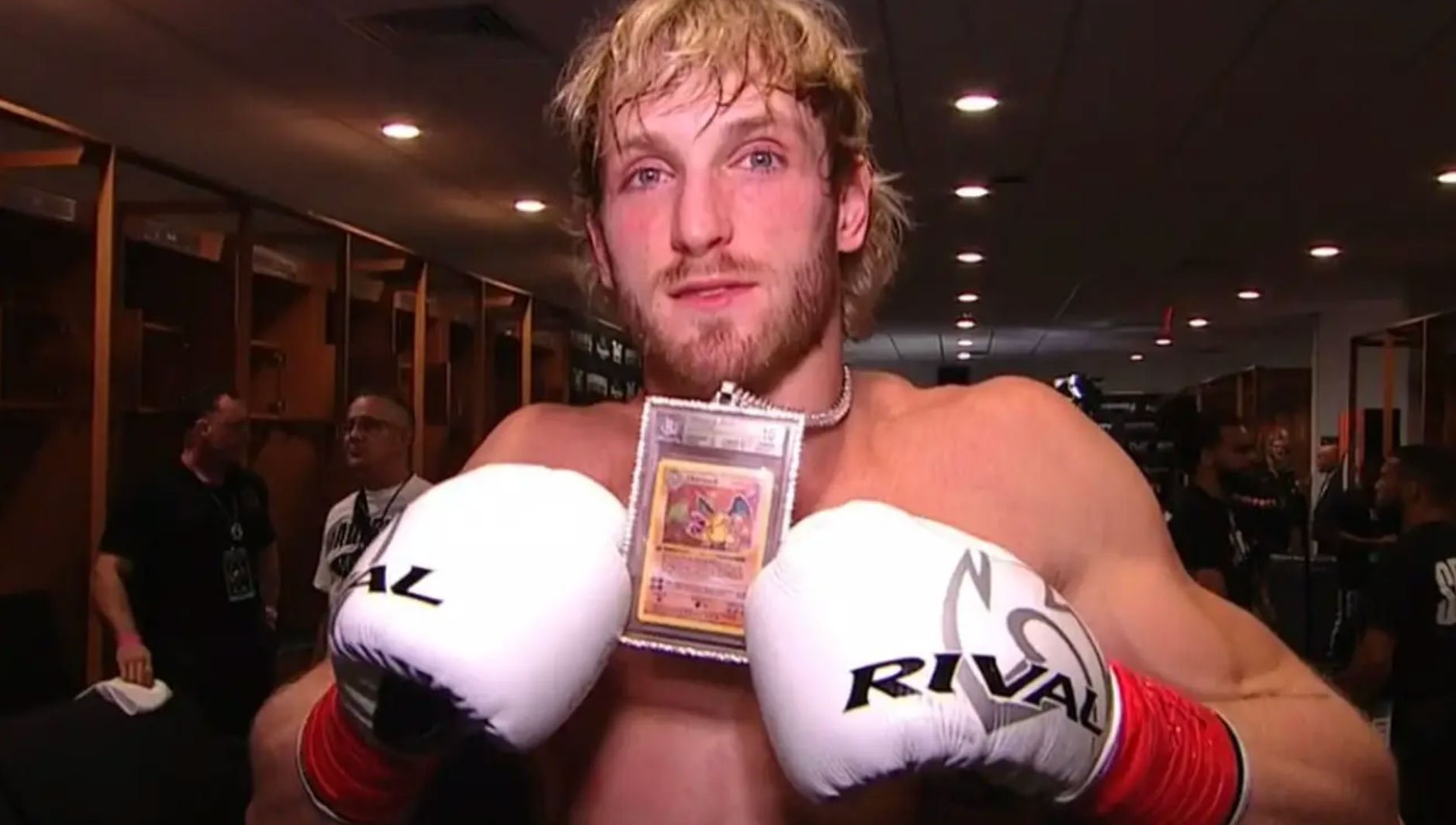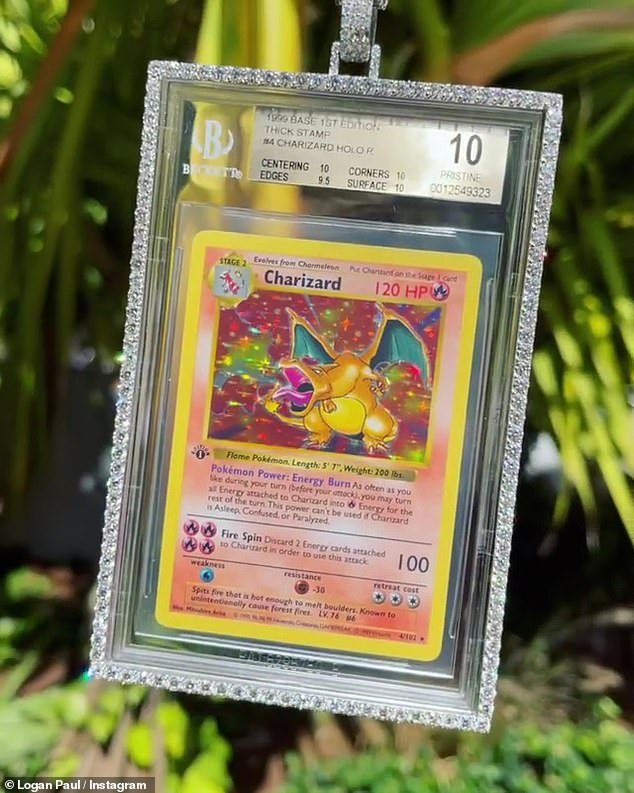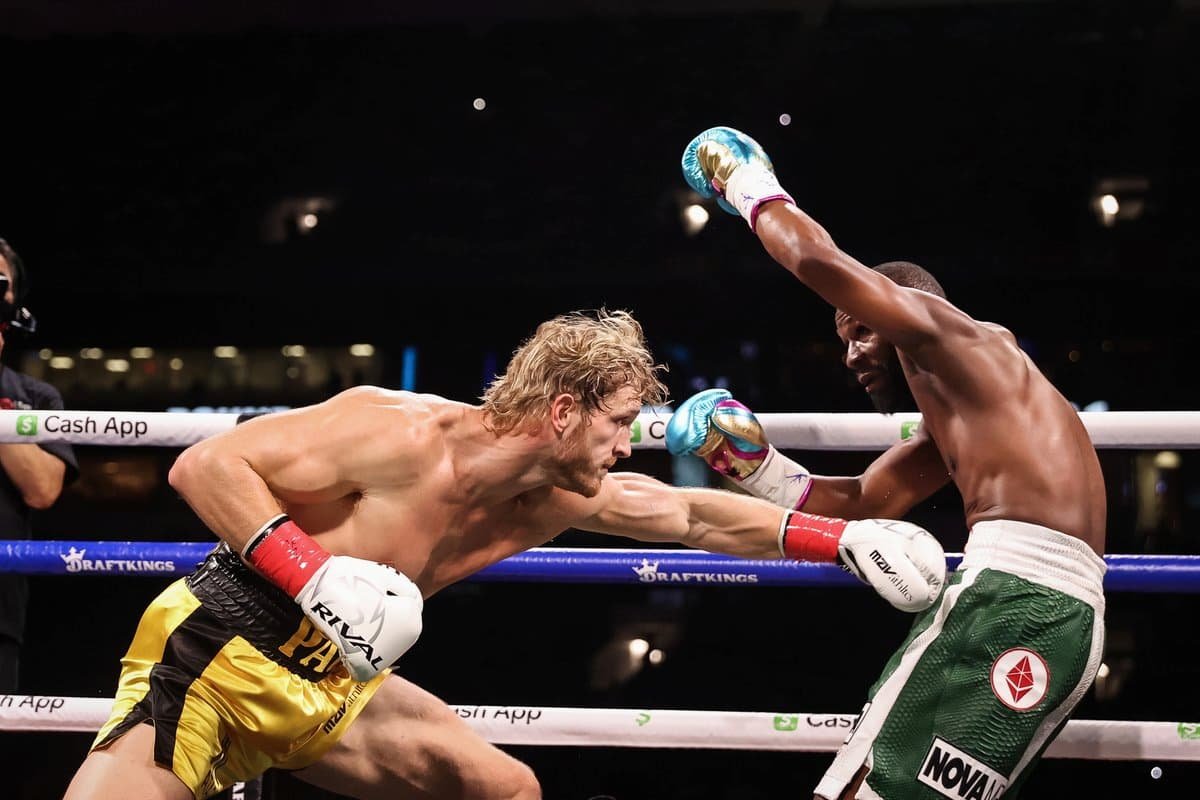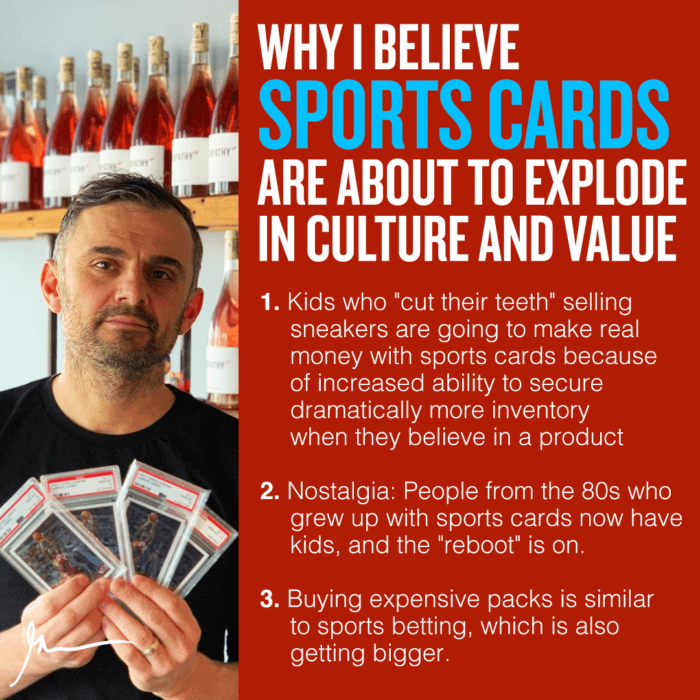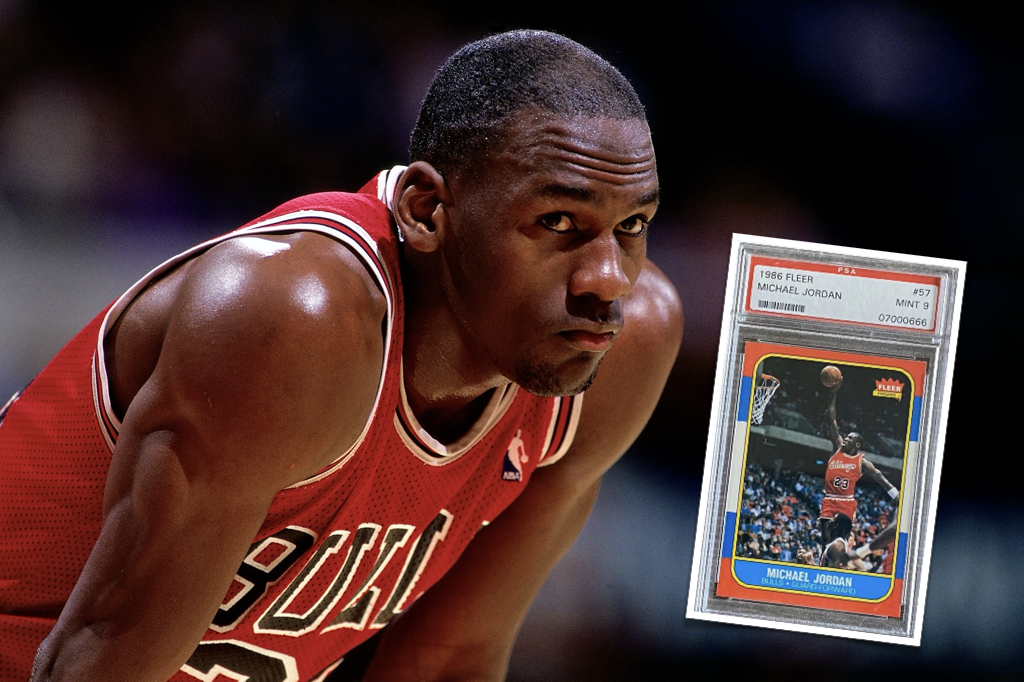Chinese Consumer Trends: Nostalgia’s Role in Consumerism
Have you ever listened to music you haven’t heard for a long time and started reminiscing about the good old times? Were there any toys you wanted but couldn’t get when you were a child? Were there any anime or shows that you loved watching during your childhood? Ahhh...memories.. Nostalgia marketing is so successful because brands can quickly and deeply connect with audiences by revisiting pleasant memories. Research shows that the brain’s feel-good chemicals, dopamine, serotonin, and oxytocin, are activated at higher levels between the ages of 12 and 22, which is why we often feel a nostalgic yearning for items and experiences we encounter during our teenage and early adulthood years
In our previous article and Instagram carousel, we already analyzed why Gen Z is a lucrative customer segment with the highest potential in China. Nostalgia marketing commonly targets millennials and Gen Zers, as they are now in the workforce of “Workism” societies saturated with highly educated and skilled workers. Although most of them are well-compensated at work, they are physically and mentally exhausted from working long hours and enduring the pressure and stress of immense competition. It is a social phenomenon that a lot of young adults have become desperate, sad, and lonely. When life lacks certainty and they feel they cannot set high expectations for the future, they tend to seek affirmation and happiness from the past.
If you are a millennial, you are likely familiar with a lot of cartoons and anime like Space Jam, Doraemon, or movies from Ghibli studio. Millennials and Gen Zers in China love cute and cuddly things; they are obsessed with luxury items that incorporate childhood anime elements. “Shoppertainment” has also become a form of mental escapism for millennials and Gen Zers.
But do you think their consumption is only confined to luxury bags, apparel, and shoes? It is much more than that. The younger generations have been exposed to multiple cultures, as they grew up during the golden era of digital transformations, watching different anime on TV and playing the latest gaming consoles. However, not all millennials and Gen Z could afford their childhood desires, this also shifts their consumption patterns on purchasing collectibles and toys that they could not get as a child. The chance to own an item we wanted as a kid allows us to satisfy our childhood wishes.
There was a resurgence in the popularity of Pokemon cards worldwide in 2020. During the pandemic lockdown, people stayed at home and thus had more time to reflect on their lives, doing things that they’d rarely do when they were already overwhelmed by daily responsibilities. We have all dreamt about time travel at some point as a kid, yet, is it possible for us to go back to our worry-free childhood? This desire to ‘feel like a child again’ drives us to revisit things that we used to be surrounded by in our childhood. You might watch your favorite childhood anime, dig out your time capsules holding all your childhood toys, or even spend a handsome amount of money to buy items they wanted as a child.. 77% of millennials and Gen Zers felt a desire to engage with comfortable content that gave them a break from the news, while 73% reported that they spent money on collectible cards.
A world-famous Youtube star who fought with Floyd Mayweather, Logan Paul, spent $2 million buying 6 Pokemon First Edition Base Set booster boxes which were released in 1999. 1 booster box contains 36 booster packs, each with 11 cards inside, for a total of 400 cards. He put 36 of the unopened boosters packs for bidding via Goldin Auctions, and each pack was sold for $39,206 USD. The “Shadowless” Charizard with a “PSA 10 Gem Mint” rating was sold for $311,800 on eBay through PWCC auctions. Now, the “Shadowless” Charizard graded with PSA 10 has potentially reached $1M USD in value because there are only 3 in the world and Logan Paul wrapped it on his neck before his fight with Floyd, the card almost stole the show. Are you already going through the dusty sealed boxes in your basement? We won’t judge you. But the real question is: why is the old suddenly new again and worth so much more than before?
Gary Vee, a world-famous serial entrepreneur who initiated the sports card hype, Pokemon cards, and collectibles, said: “After studying the card market for three years, I have this amazing feeling of conviction. All “cards”, especially the top 5% of vintage and rare cards, will go through a transformation similar to contemporary art’s transformation over the last half-century.” He also published quite a few YouTube videos preaching the lucrativeness and growth potential of sports cards. Most people collected cards as a kid but we grew out of it. But when social media power brokers like Gary Vee talked up trading cards, they have become culturally and socially relevant to most of us. Yet, is the endorsement of Gary Vee the direct causation of the white-hot card mania? Or do most of us have the desire for nostalgia deep inside our hearts?
Nostalgia marketing is undeniably powerful. Burger King switched its logo to the brand used in the 90s this year. People who are nostalgic tend to remember the good times and the personal meaning attached to these memories. With this logo switch, Burger King customers are prompted to remember the times they dated their high school crushes, where they shared the same burger and milkshake or the toys they received from the meal, rather than the burnt burger or cold fries they had.
In China, Nostalgia marketing is also extremely effective on millennials and Gen Zers. The Chinese value collectivism, so as a culture, they tend to share collective memories and develop collective identities. When brands launch nostalgic marketing campaigns tailored for Chinese youth, the potential return is far greater than in individualistic societies. For instance, Scent Library collaborated with the iconic Chinese candy brand White Rabbit to create a distinct milky flavor fragrance. Chinese netizens were so excited about it, some even claimed the scent brought back some of their most cherished childhood memories.
Now, we know nostalgia plays a crucial role in consumer behavior. Are you ready to tug at your audiences’ nostalgic heartstrings and take your brand to the next level? Send us an email at info@catalystagents.com or fill in the contact form below and let us help you get started.





